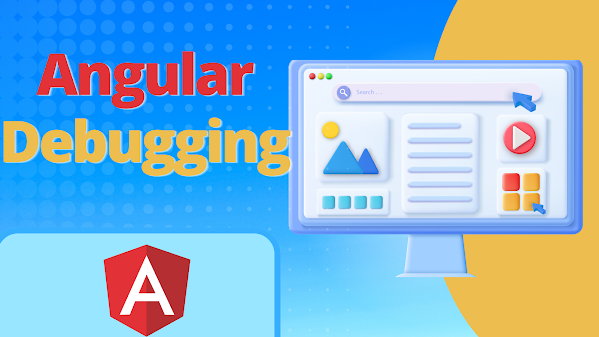Debugging in Angular can be like navigating a complex maze.
It's a challenge that requires patience, skill, and the right set of tools.
However, with a bit of knowledge and practice, even the most daunting Angular bugs can be squashed efficiently.
Let's explore some practical and effective debugging tips and techniques that can enhance your Angular development.
Understanding the Basics of Debugging
Before we dive into advanced techniques, it's crucial to understand the foundation of debugging.
The goal here is to identify and fix errors, ensuring that your applications run smoothly and efficiently.
This involves careful observation, logical thinking, and sometimes a bit of trial and error.
For instance, one of the simplest yet most effective tips is to use console.log statements.
These allow you to track the flow of data and pinpoint where things might be going wrong.
However, be cautious not to overuse them, as they can clutter your console and make debugging even more challenging.
For more on basic debugging strategies, the official Angular documentation offers a solid starting point with its comprehensive guide on debugging tests.
Chrome Developer Tools: Your Best Friend
When debugging Angular, the Chrome Developer Tools should be your first port of call.
It's equipped with a plethora of features designed to make the debugging process seamless.
- Elements Tab: Allows inspection of the DOM and modification of HTML or CSS.
- Console Tab: Displays errors and logs, and is useful for testing snippets of code.
- Sources Tab: Offers the ability to set breakpoints and step through code line by line.
Setting breakpoints is particularly powerful. By pausing your code execution at strategic points, you can inspect variables and understand their behavior over time.
For a more detailed insight, you might want to check this article, which explores simple methods for debugging Angular applications.
Embracing Angular DevTools
Angular DevTools is a must-have for every Angular developer.
It's specifically designed to tackle Angular-specific challenges, offering features that typical browser tools might not.
- Component Explorer: Navigate through the component tree with ease.
- Change Detection Profiler: Understand how often changes occur and how they affect performance.
These tools allow developers to scrutinize the intricate workings of Angular applications, providing invaluable insights that normal debugging might miss.
Learn more about utilizing Angular DevTools in the context of complex applications through this comprehensive guide.
Leveraging the Power of Breakpoints
Breakpoints are invaluable in the debugging process.
They allow you to pause execution, inspect variables, and test hypotheses about what might be causing an issue.
In Angular, breakpoints can be set in both the TypeScript source files and the compiled JavaScript files.
To gain an edge, consider adding conditional breakpoints.
These pause the execution only when specific conditions are met, saving you time and focusing your efforts on the most relevant scenarios.
Clean Code: The Silent Debugger
Sometimes, the best debugging strategy is prevention. Writing clean, well-organized code can reduce the number of bugs in the first place.
Consider structuring your code logically, using meaningful variable names, and adhering to best practices.
As Jared Youtsey suggests, clean code is the backbone of effective debugging.
Debugging as Craftsmanship
Angular debugging is not just a task; it's a craft. It involves not only technical skills but also a logical approach to problem-solving.
By mastering tools like Chrome Developer Tools and Angular DevTools and embracing preventive measures like clean coding, you'll tackle bugs with confidence and precision.
Debugging might seem daunting at first, but each error is an opportunity to refine your skills and deepen your understanding of Angular.
With practice, patience, and the right techniques, you'll soon find yourself navigating the complex maze of Angular applications with ease.

